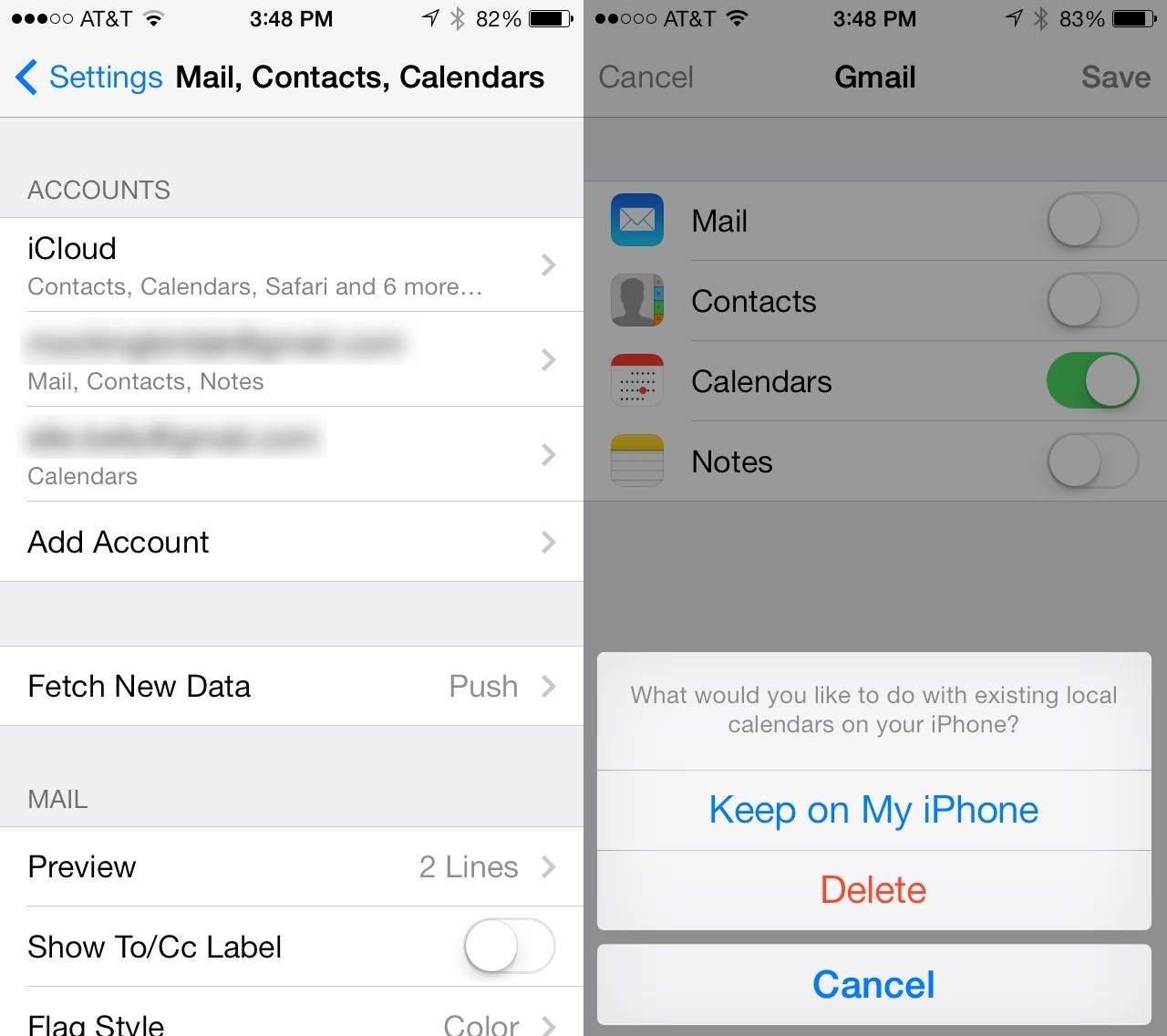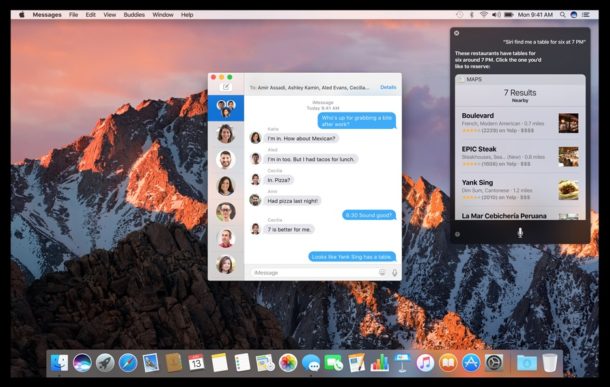Much has been made of the Mac App Store (MAS) over the past year or so. A main theme has been how limited and bad it is, and what can be done to fix it. A new survey of macOS developers by MacPaw, which develops apps for the Mac, shows us that while developers dislike the storefront, they are using it more.
Although the survey’s largest percentage of developers sold apps both inside and outside the Mac App Store, the number of those avoiding MAS has dropped over the past year. In 2016, 35 percent of respondents said they sold exclusively outside of the MAS. In 2017’s edition of the survey, only 30 percent said that.

That extra five percent hasn’t gone away entirely; they’re just selling on both the MAS and independently. The percentage of developers selling apps exclusively in the Mac App Store remains unchanged at 23 percent.
From Code to Customer. Join the Apple Developer Program to reach customers around the world on the App Store for iPhone, iPad, Mac, Apple Watch, Apple TV, and iMessage, and on the Safari Extensions Gallery.You’ll also get access to beta software, advanced app capabilities, extensive beta testing tools, and app analytics. Browse, purchase, and download apps for your iPhone, iPad, iPod touch, Mac, Apple Watch, or Apple TV in the App Store. Learn how to use the App Store. Build, battle, explore, and more. Contact an app developer.


Developers who sell inside and outside MAS say revenue has dropped. Only 44 percent of their total revenue comes from the MAS, a four percent dip versus last year’s survey results.
But do developers even like the MAS? As it turns out: no, no they do not. MacPaw divides its 700-plus respondents here into three categories: detractors, passives and promoters. Respondents used a 1-10 scale for questions regarding their feelings about MAS. From there, MacPaw created a “Net Promoter Score” (NPS) by subtracting the percentage of detractors from promoters (which is why some scores are negative).
Those selling apps exclusively in the MAS had an NPS of -34 (18 percent Promoters, 52 percent detractors), up from -23 the year prior. MacPaw writes: “For those who only sell via the MAS, the dislike morphs into loathing. From -23 to -34 in a year and to make it clear: it’s their one and only channel. And they wouldn’t recommend it unless they kind of hate the one who’s asking.”

Mac App Store Pages
Developers who do business exclusively outside of the Mac App Store have an even more dour view. The NPS score for them is -97, which MacPaw says is “the numerical equivalent of ‘I’d burn the place down if I could.’” Those who distribute inside and outside the Mac App Store have an NPS of -48.
Only 31 percent of developers say the 30 percent cut Apple takes from MAS sales is worth it, down from 38 percent the year prior.
Sandboxing, something that is core to Apple’s business model, is seen as the largest detractor, with 71 percent reporting it as a “blocker.” Analytics, the app review process and app bundling pop up as “somewhat critical” concerns, with trials and the ability to respond to reviews reported to be “very critical” to developers.
Further down the survey, developers were largely neutral on the MAS app review process… but dislike it as well. Those who sell apps via the MAS are pretty ‘meh’ about the review process, while 66 percent of those selling apps outside of MAS say a “long and unclear app review process” is a major reason they don’t go through MAS.
Mac App Store Apps
It’s an interesting glimpse at the macOS development community, and points to some larger issues. Sandboxing on desktop has long been a concern for many, but it’s requisite for MAS distribution. It’s also more secure, which is why all major browsers utilize some form of sandboxing. The app review process has improved over time, though it’s still not clear why some apps are rejected.
Mac App Store For Developers App

Apple App Developer
We should also point out that MacPaw is behind Setapp, the app subscription model many peg as one that could disrupt the MAS. With it, developers get a cut of the subscription revenue based on how many actually use their app month-to-month. It’s a stopgap for distribution, and doesn’t explicitly prohibit the MAS or independent distribution in any way.
